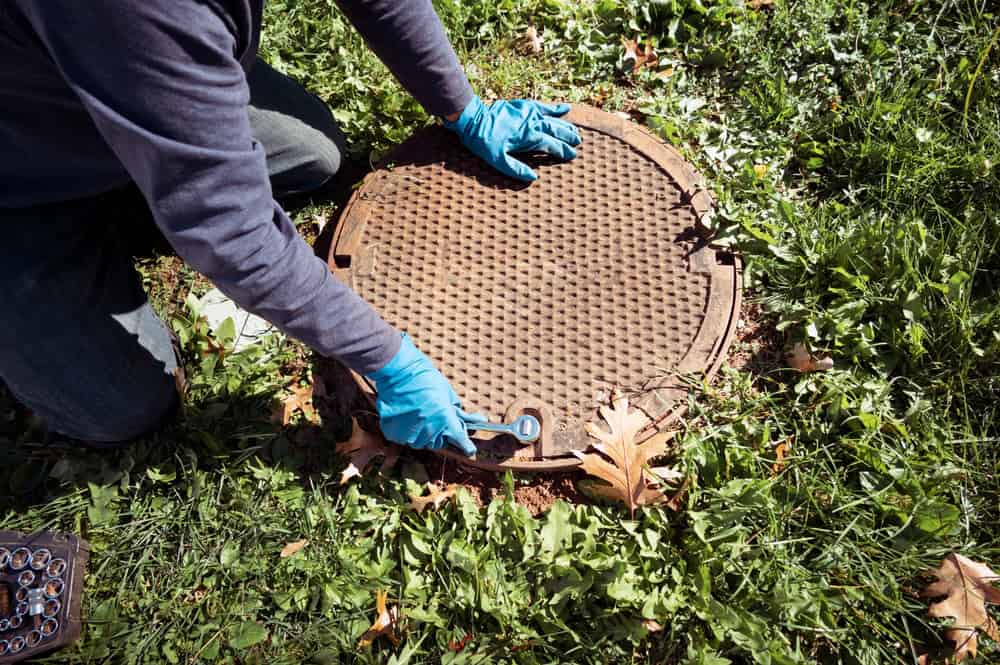Our professional pumping and maintenance services prevent backups, extend the life of your septic system, and protect your property.
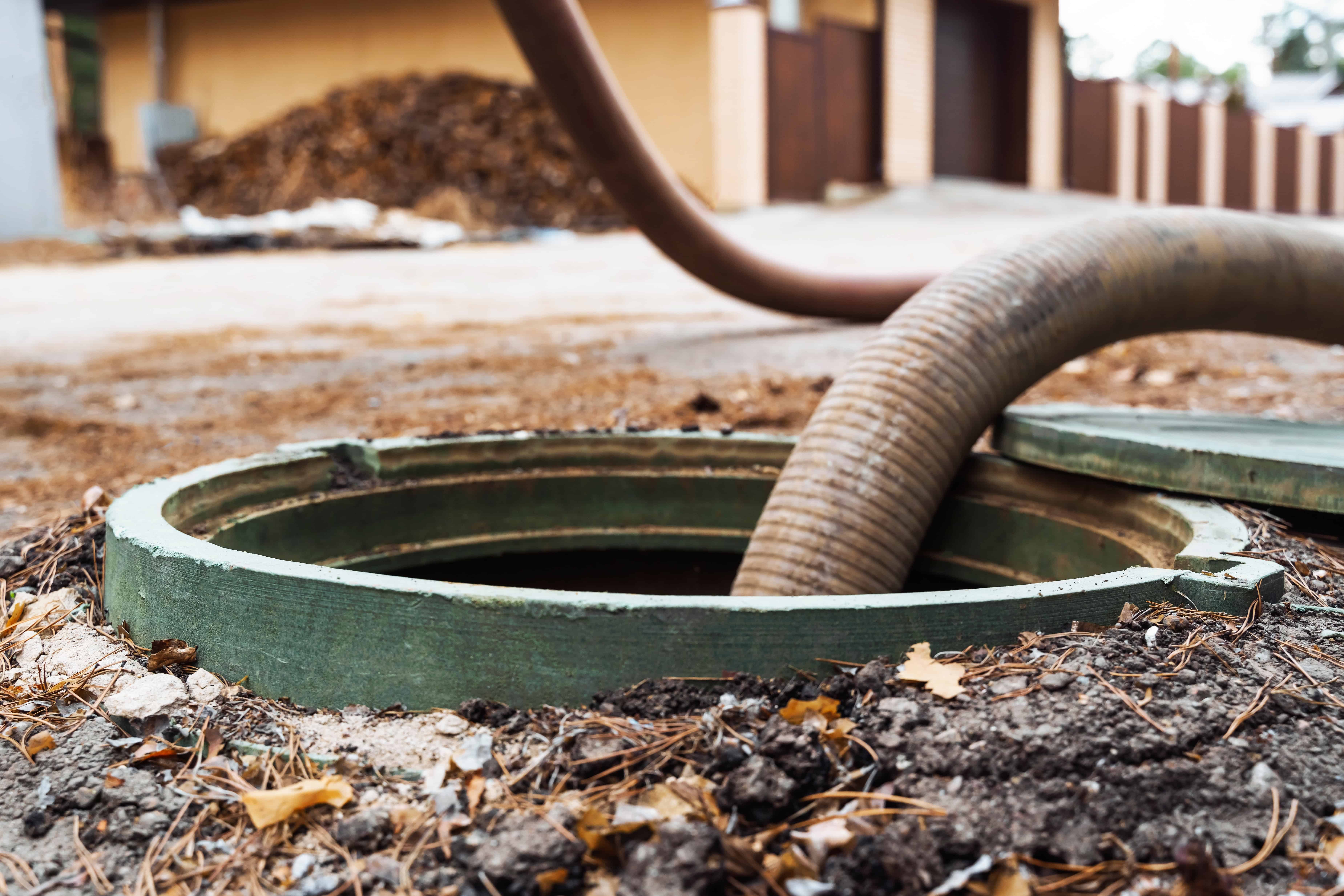
Hear from Our Customers
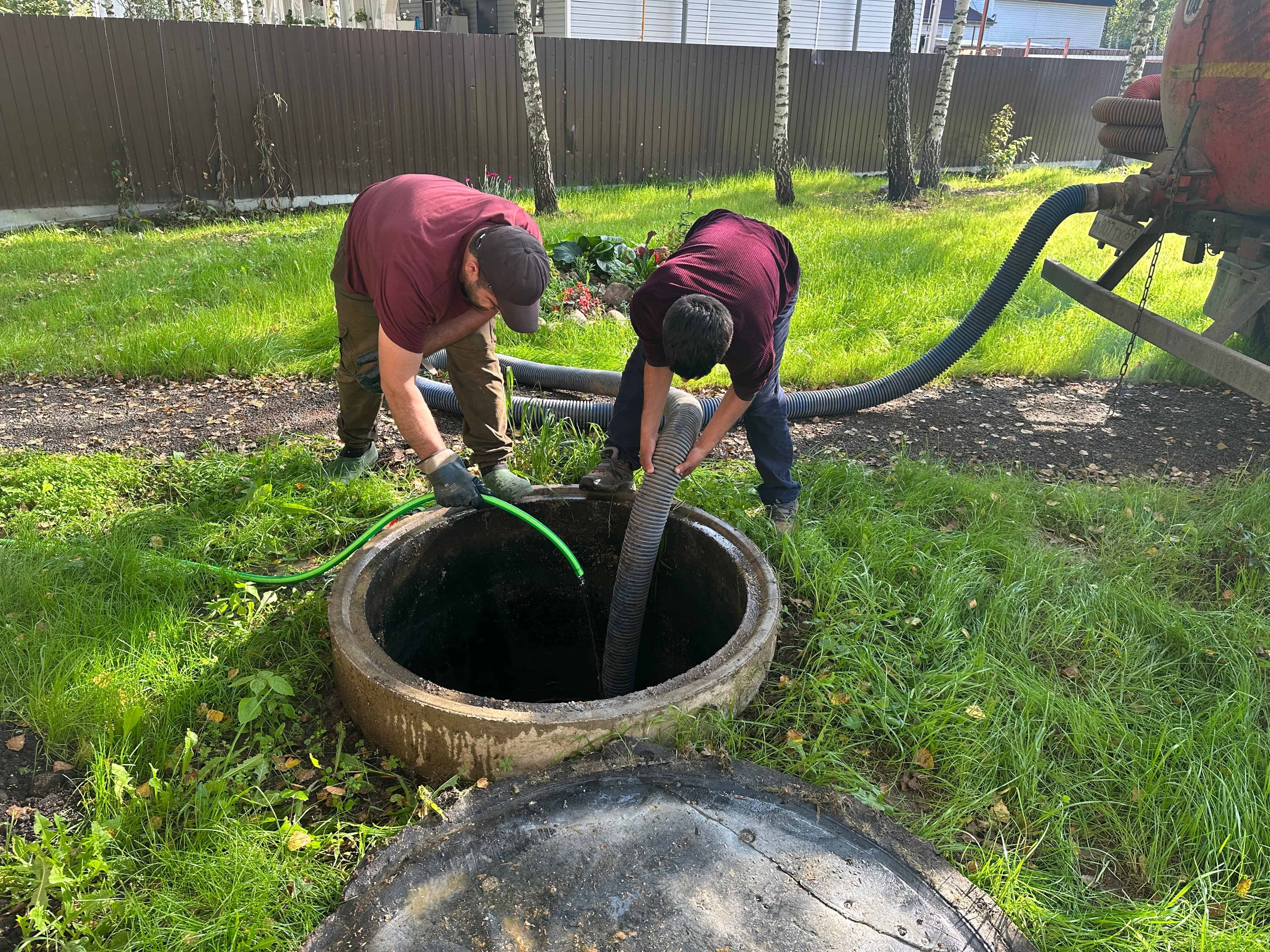
Regular septic tank pumping isn’t just maintenance—it’s protection. When your system gets pumped correctly, you’re looking at years of reliable operation instead of emergency calls and expensive repairs.
You won’t wake up to sewage backing into your basement. Your drains will work the way they should. Your property stays clean, your neighbors stay happy, and you avoid the nightmare scenarios that come with neglected septic systems.
Most importantly, you get peace of mind. No more wondering if today’s the day your system fails. No more stress about mysterious gurgling sounds or slow drains. Just a septic system that handles everything you throw at it, quietly and efficiently, the way it was designed to work.
We’ve been handling septic systems across Long Island for years, and we understand what makes Aquebogue properties different. We’ve seen it all, from the sandy soil and water table to the mix of year-round and seasonal homes.
We’re not the company that shows up, pumps your tank, and disappears. We take the time to check your system, explain what we’re seeing, and give you straight answers about what your septic actually needs.
When you call us, you’re getting local technicians who know the area and understand how septic systems behave in Long Island conditions. No surprises, no runaround, just professional service that gets the job done right.
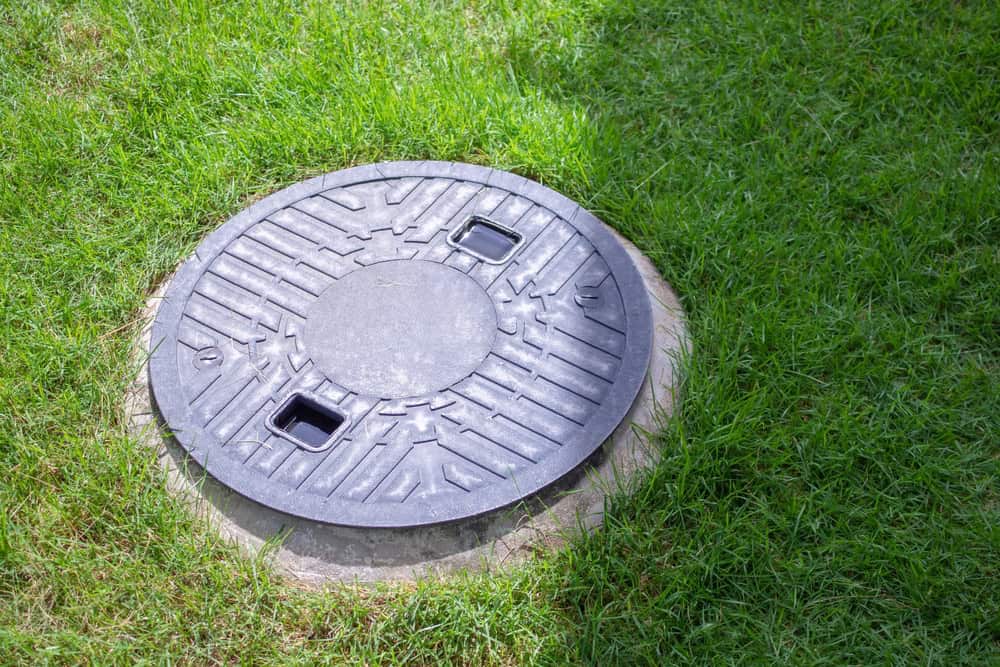
First, we locate and open your septic tank access ports. We inspect the tank to check sludge and scum levels, looking for any signs of damage or potential issues while we’re there.
Next comes the actual pumping. Our truck-mounted equipment removes all liquid and solid waste from your tank, ensuring complete cleanout. We don’t rush this part—thorough pumping means better system performance and longer intervals between services.
Before we finish, we inspect your tank walls, baffles, and inlet/outlet pipes. If we spot anything that needs attention, we’ll explain it clearly and let you know what your options are. Then we secure your tank, clean up our work area, and provide you with a clear record of the service for your files.
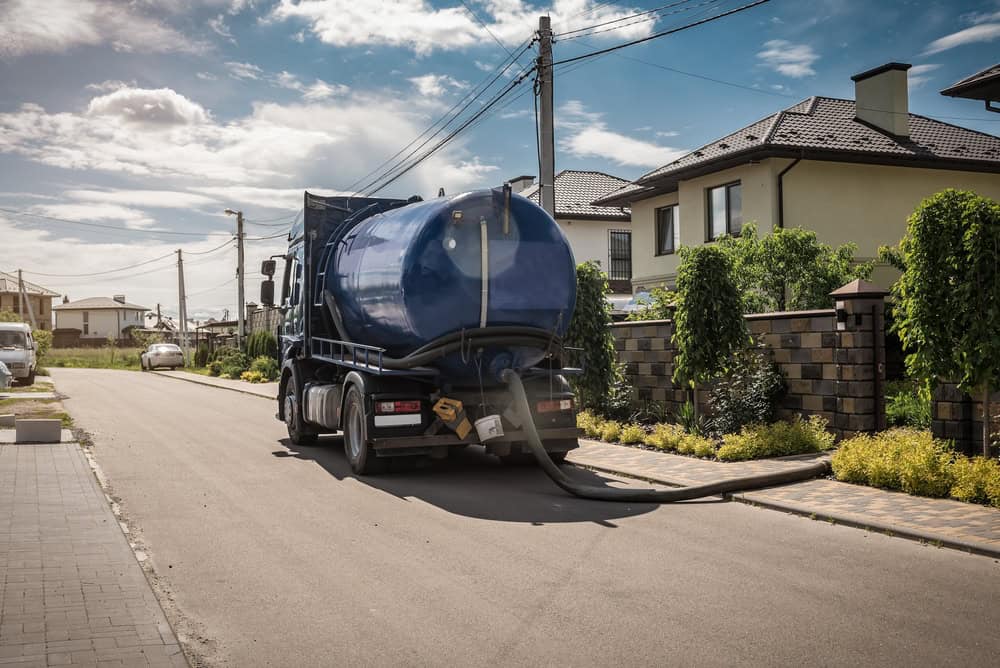
Ready to get started?
Every septic pumping includes complete waste removal, thorough tank inspection, and a clear explanation of your system’s condition. We check your baffles, measure sludge levels, and look for any signs of wear or damage that could cause problems down the road.
You’ll get honest recommendations about your pumping schedule based on your actual usage and system size, not some generic timeline. If your system needs attention beyond pumping, we’ll explain exactly what’s wrong and why it matters.
We handle all waste disposal according to environmental regulations, so you don’t have to worry about where it goes or whether it’s being handled properly. Our equipment is maintained and calibrated to handle Long Island’s specific soil conditions and system types efficiently.
